Method
for forming an interventional aid with the aid of self-organizing
nanorobots consisting of catoms and associated system unit
Many
people have a hard time imagining that little nanorobots can be used to
build technology in the body. They can in fact be programmed to create
anything. There are engineers who are planning to use self assembly
nanotechnology to build houses. Eventually, any object in any size can
be constructed through the process of self replication. To understand
how it works, I am showing this patent from 2010 by Siemens. This is the
stent the nanorobots are programmed to self assemble which can be in
the size several centimeters long.
Here is how it works:
A
method for forming at least a part of a preferably endovascular
interventional aid with the aid of self-organizing nanorobots consisting
of catoms and an associated system are provided. A form of the required
interventional aid is determined from at least one 3D image data record
of a target region. The determined form is converted to a readable and
executable program code for the respective catoms of the nanorobots and
is transferred to a storage unit. The program code is executed which
prompts self-organization of the previously unstructured catoms to form
the required interventional aid according to the previously determined
form.
Very
many examinations and interventions on patients are carried out in a
minimally invasive manner. With Such procedures instruments (catheters,
etc.) are inserted into the patient through Small openings (e.g. access
in the groin) to carry out examinations or therapies in the heart, head
or abdomen. These procedures are monitored with the aid of
two-dimensional X-ray fluoroscopy images, e.g. by means of C-arm
angiography systems. Modem angiography systems are also able to record
three-dimensional images of the examination region by rotating the C-arm
about the patient and reconstructing the rotation sequences.
Note
this patent, filed in 2009 is mentioning the Claytronics research by
Carnegie Mellon University that I will show more about below.
The
background to the present invention is the forming and introduction of
Such aids or of navigation aids, by what is known as Dynamic Physical
Rendering (DPR) or Claytronics 1.2.3.4.5, the name coming from the
eponymous interdisciplinary Claytronics researcher group at Carnegie
Mellon University. The research subject (a current
research Sub-field of nanotechnology in convergence with robotics) is
also referred to as programmable (or intelligent) material. The object
of the research field is to organize “intelligent' autonomous “material
particles' in other words autonomous nanorobots, by means of what is
known as Dynamic Physical Rendering (DPR) to form actually existing
macrobodies of any programmable form. The specific nano robots used in
Claytronics are known as catoms, combining the terms Claytronics and
atom. These are in principle Small, autonomous robots,
which are able to self-organize to assume a previously commonly
programmed larger configuration.
How do the robots know where to go and what to do? Where is the program coming from?
One
aspect of the invention is a method for forming at least a part of an
interventional aid with the aid of self organizing nanorobots consisting
of catoms, having the following steps:
Using at least one 3D image data record of a target region, preferably of the region to be treated,
Determining a form of the required part(s) of the interventional aid from the at least one 3D image data
Converting
the determined form to a readable and executable program code for the
respective catoms of the nanorobots and transferring it to these or its
storage unit there,
Activating
the execution of the program code, which prompts self-organization of
the previously unstructured catoms to form the required interventional
aid according to the previously determined form.
The robots are programmed and are able to communicate with each other to execute the construction of the device:
A
further aspect of the invention is a system unit or apparatus for
organizing nanorobots consisting of catoms,which are Suitable for
implementing the method, comprising: a number of nanorobots, with each
nanorobot comprising at least apart of a program code, by
means of which the nanorobots are configured to form at least a part of
the interventional aid with the aid of the nanorobots by communicating
and exchanging information with other nanorobots, wherein
the nanorobots can be or have been introduced into a target region,
preferably of the region to be treated, wherein the nanorobots have
means for executing
the
program code, which can be activated by prompting self-organization of
the previously unstructured catoms to form the at least one part of the
required interventional aid according to the previously determined form.
Now
with this in mind, and understanding that this patent was filed in 2009
- the technology has far advanced since then - look at these videos of
nano and microrobots in COVID19 unvaccinated blood assembling mesogen
microchips. You can see that the nano and microrobots - the blinking
lights - are working together intelligently to create these mesogens.
Magnification 400x
Here
you can see another COVID19 individuals blood affected by shedding and
the nano and microrobot swarming to build the mesogen. Magnification
400x
Here is another COVID19 unvaccinated blood sample of microrobots building polymer mesogens. Magnification 400x
Here
are further explanations published in 2022 on how larger materials can
be built from polymer “lego” nanoscale blocks. They are building
miniature castles and Roman aqueducts.
Self-assembled nanoscale architectures could feature improved electronic, optical, and mechanical properties
Scientists at the U.S. Department of Energy's (DOE) Brookhaven National Laboratory have
developed a new way to guide the self-assembly of a wide range of novel
nanoscale structures using simple polymers as starting materials. Under
the electron microscope, these nanometer-scale structures look like
tiny Lego building blocks, including parapets for miniature medieval
castles and Roman aqueducts. But rather than building
fanciful microscopic fiefdoms, the scientists are exploring how these
novel shapes might affect a material's functions.
The team from Brookhaven Lab's Center for Functional Nanomaterials (CFN) describes their novel approach to control self-assembly in a paper just published in Nature Communications.
A preliminary analysis shows that different shapes have dramatically
different electrical conductivity. The work could help guide the design
of custom surface coatings with tailored optical, electronic, and mechanical properties for use in sensors, batteries, filters, and more.
____________________________________________________________________________
"Self-assembly
is a really beautiful way to make structures," Yager said. "You design
the molecules, and the molecules spontaneously organize into the desired
structure."
____________________________________________________________________________
If
you still think what I have been writing about is science fiction,
please read about Claytronics and the research at Carnegie Mellon that
has been going on for many years. Note its potential of self assembling
your physician in your living room, or a mineature live football game in
your house. Or you could reshape your house or car with your hands.
This is not a joke, it is science. As technocrats have said,
nanotechnology will look like magic to people.
What is Claytronics?
Here is some more Startrek like applications - Carnegie Mellon University in collaboration with Intel:
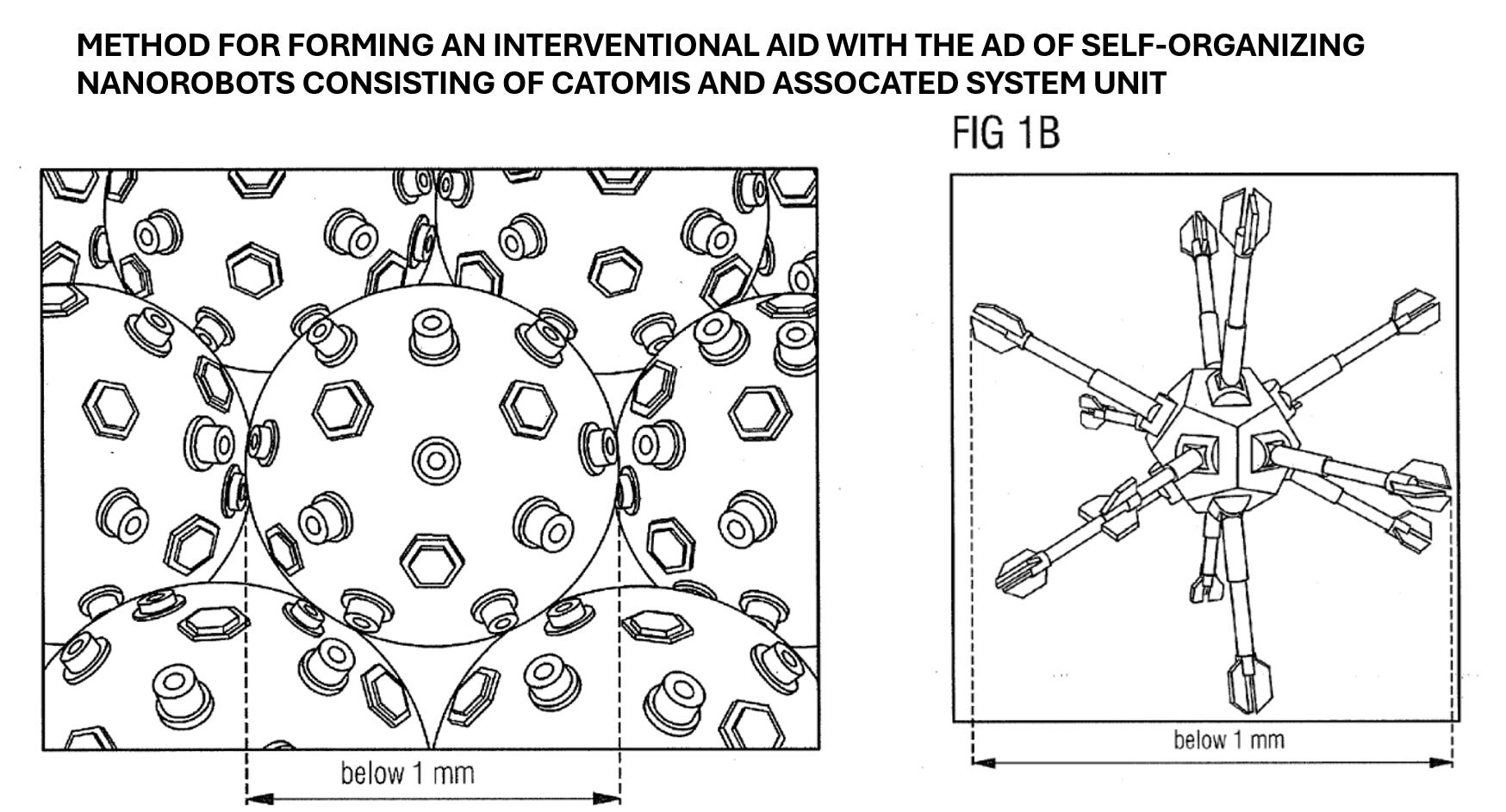
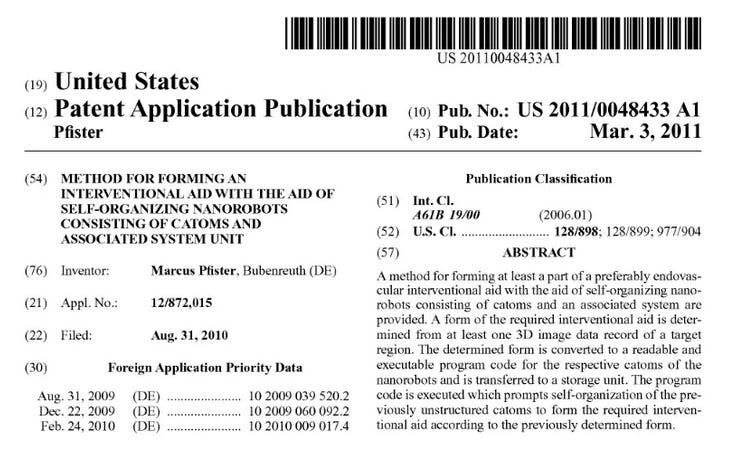
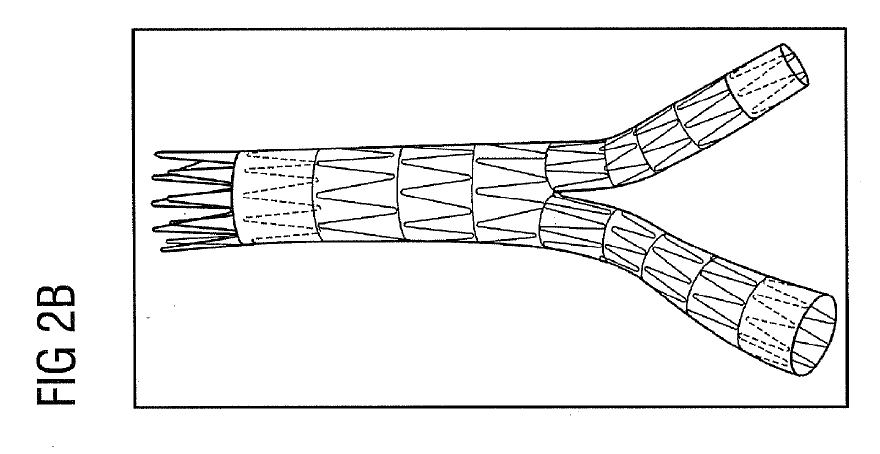
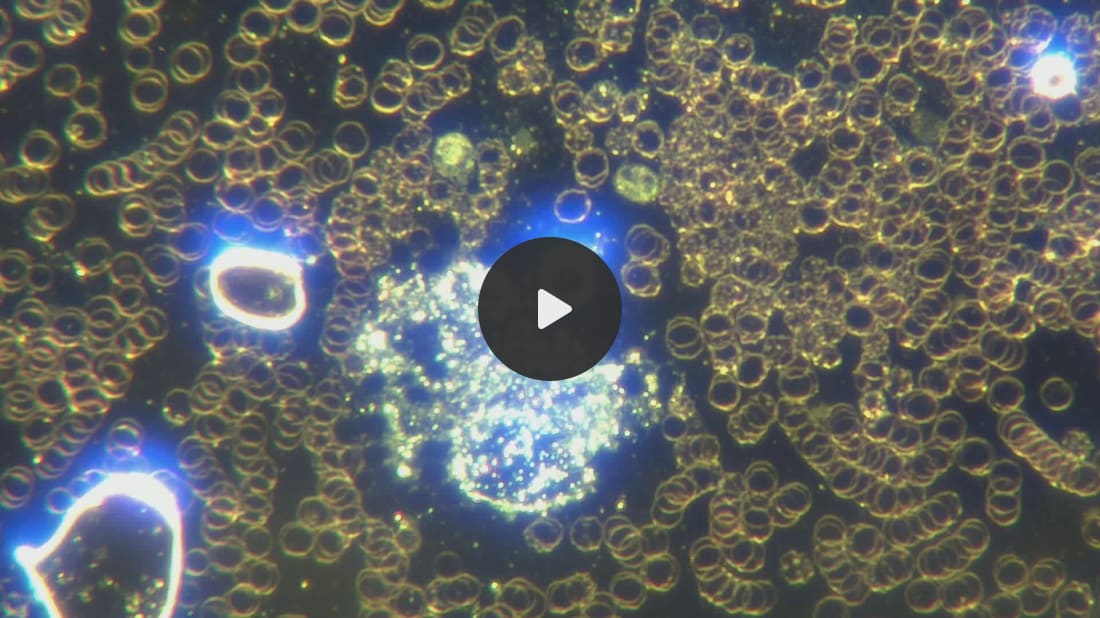


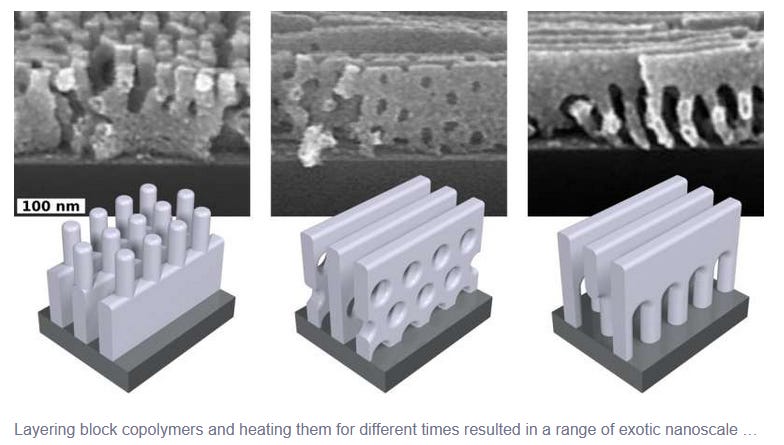
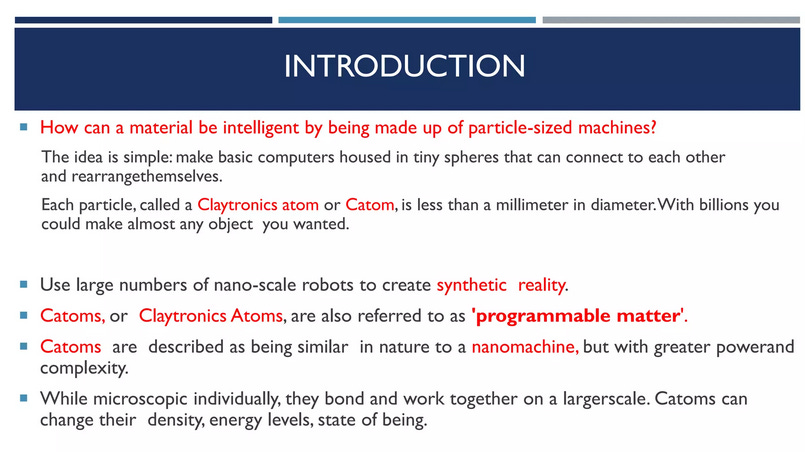
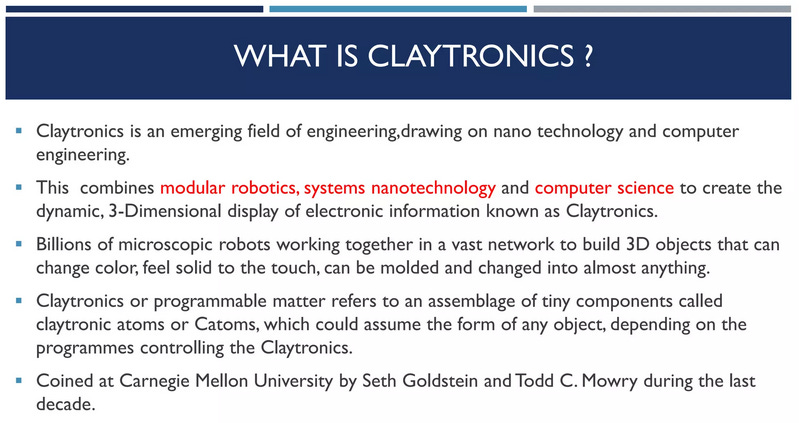
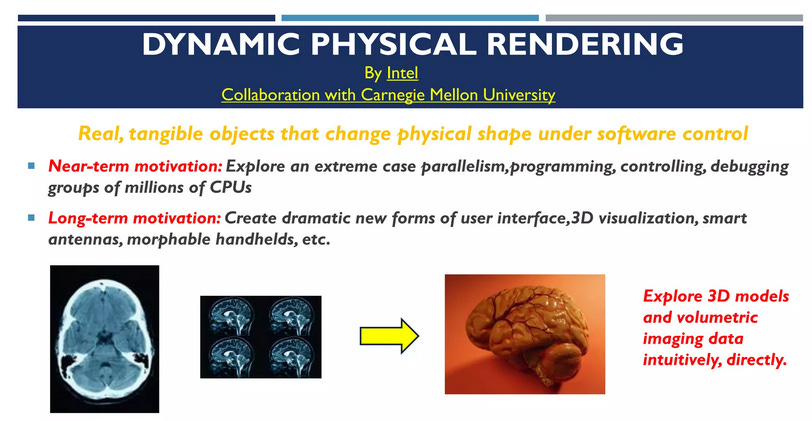
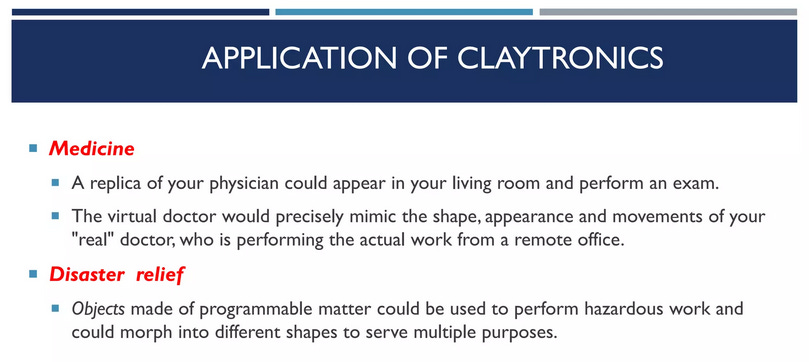
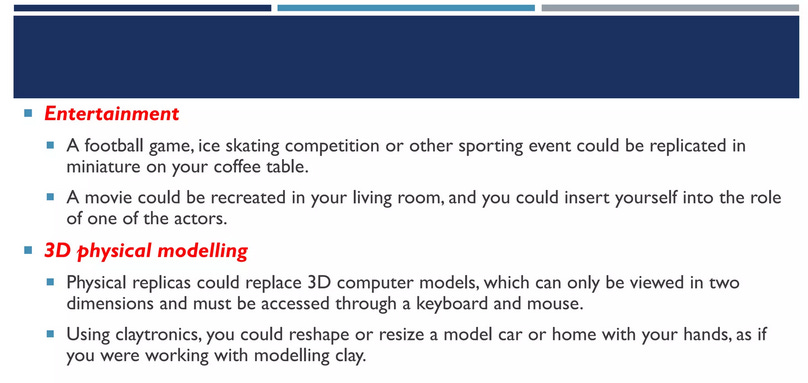

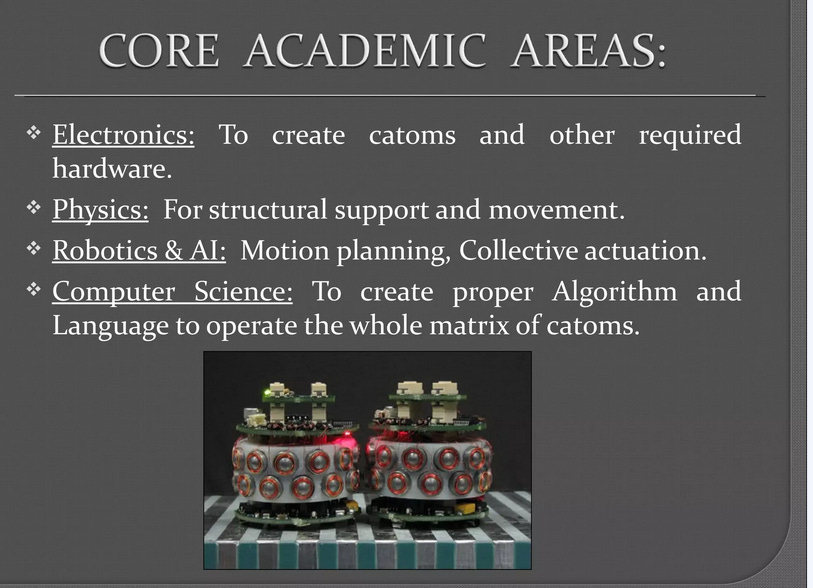
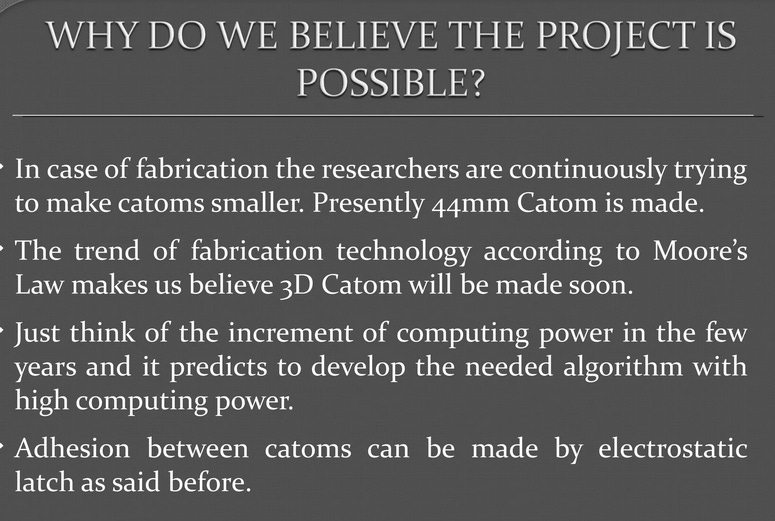
No comments:
Post a Comment